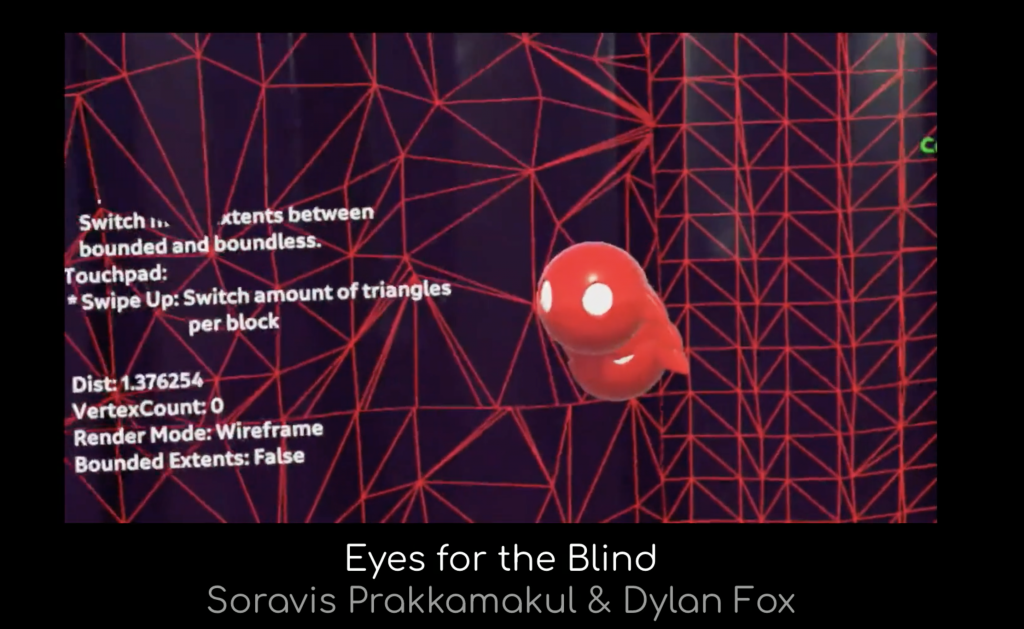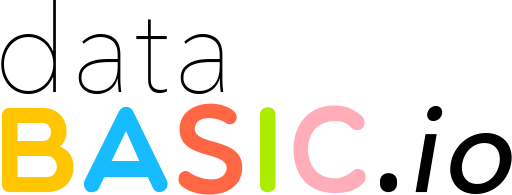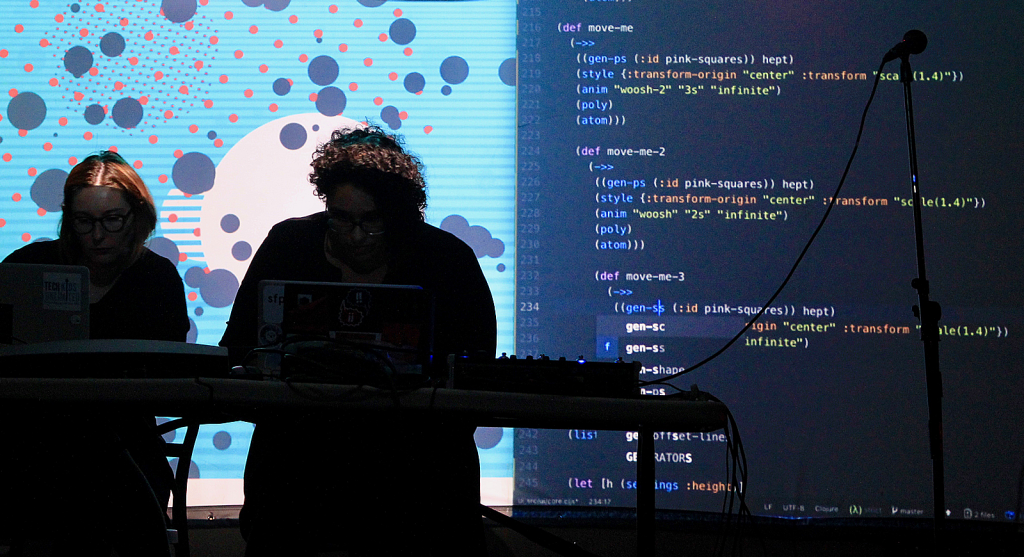Mike Tucker is an Interactive Director at Magic Leap, a company focused on creating the future of Spatial Computing. Before he dived into the field of augmented reality, his focus of work moved from graphic design, website, mobile apps, media installation, and so on. He said in the speech that he always aspires to break the expectation of how medium should be experienced in general. In his day-to-day work, he mainly works on prototyping, designing, and shipping Spatial Computing projects alongside the new platform.

Mike Tucker worked with different teams like the hand-tracking team, graphic team, and so on. I admire how they would prototype a lot before finally reaching a final result and they are willing to give up a concept that has been put a lot of work into if there is potentially a better one. I want to talk about the project “Tónandi” that he worked on together with Sigur Rós. This project explores the future of music through this interactive audio-visual experience in mixed reality. I admire how the team he directed experimented with a variety of ways to interact with virtual content and ways that music could be delivered. I especially admire how they make this design helpful to blind people. Users with visual disabilities could mark a specific spot in the space with a music note, which helps them to find the spot later on.

They started off presenting a video of the final work. It is not the most impressive version, but good enough to keep the audience engaged. Then, they went through a different phase of prototyping and what small elements they achieve at each stage. Finally, they present the most impressive version of the final work and left the audience admire how worthwhile those efforts put into this project are.
Link to the speech: https://vimeo.com/channels/eyeo2019/page:4
![[OLD FALL 2020] 15-104 • Introduction to Computing for Creative Practice](../../../../wp-content/uploads/2021/09/stop-banner.png)




